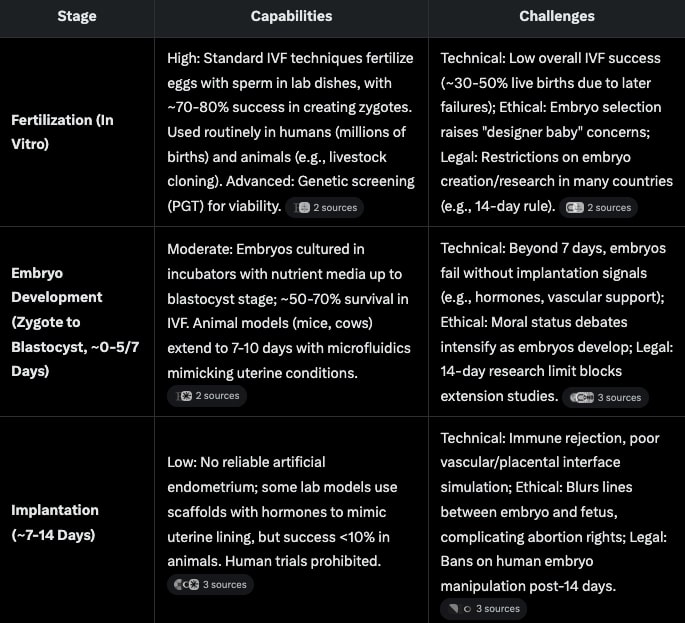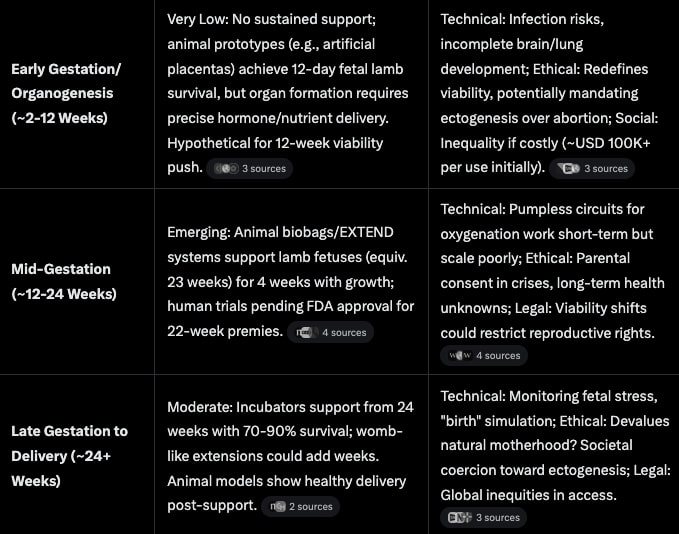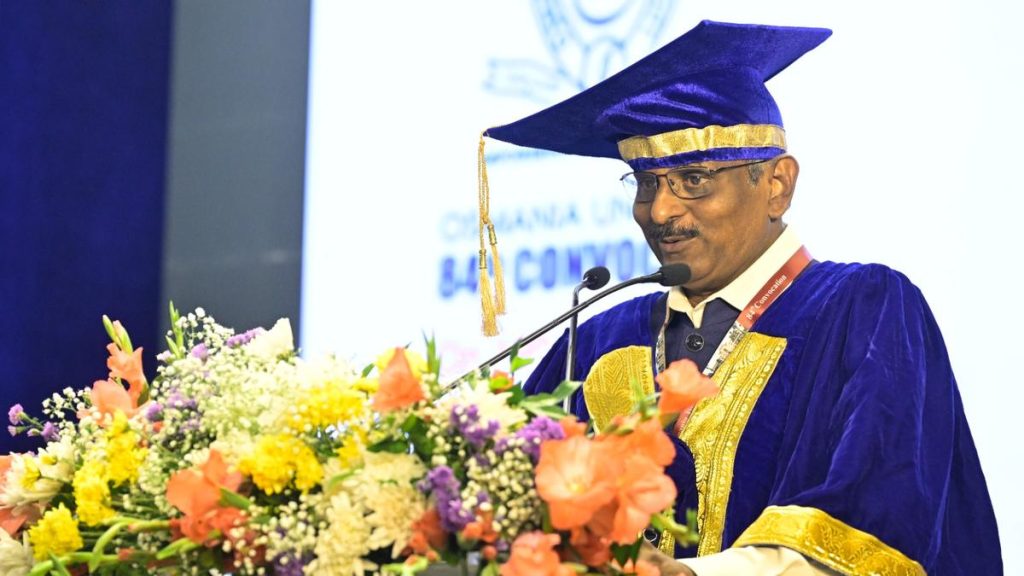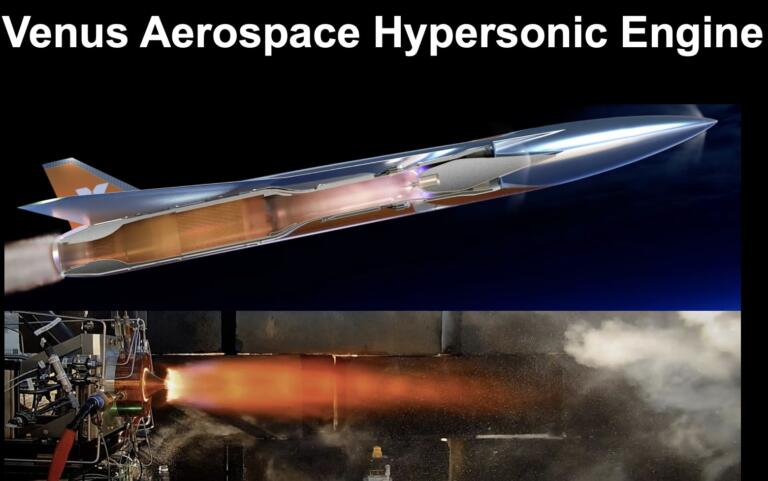Now Reading: China Researcher Claims Artificial Womb and Pregnancy Robot But Has No Proof
-
01
China Researcher Claims Artificial Womb and Pregnancy Robot But Has No Proof
China Researcher Claims Artificial Womb and Pregnancy Robot But Has No Proof

Professor Zhang Zhiqian revealed a plan for a Pregnancy Robot in 2026. He has developing pregnancy robots for over 2 years after establishing a corporation in Hong Kong. I don’t believe this has been done. He cites work for premature babies and premature animals. The ethical path to an artificial womb and pregnancy robot would be to prove this works very reliably for animals first and then move on to super-premature humans. Those would be viable multi-billion markets. Proving this works thousands of times for animals would give the confidence and experience needed for human trials.
Dr. Zhang expects that the prototype of the pregnancy robot he is researching will be available within a year, with a price set below 100,000 yuan.
According to Zhang, the artificial womb has already achieved significant results in animal experiments. He cites the 2017 Children’s Hospital of Philadelphia successfully allowed a premature lamb, equating to 23 weeks of pregnancy in humans, to grow in an artificial womb known as the biobag. This was just for premature animals and NOT for carrying from fertilization to a mature baby.
The biobag, made of transparent vinyl material, was filled with warm water and salt to create artificial amniotic fluid, with nutrients supplied to the lamb through a tube connected to the umbilical cord. As a result, the lamb grew wool four weeks later.
However, this artificial womb functions more like an incubator, allowing early-born individuals to grow in an environment similar to the womb. For Dr. Zhang’s vision to be realized, it needs to advance to enable actual pregnancy within the artificial womb. In this interview, Dr. Zhang did not provide specifics on how the eggs and sperm are fertilized and implanted in the artificial womb.
Artificial womb technology, often referred to as ectogenesis or the artificial uterus, aims to support fetal development outside the human body. There has been partial ectogenesis (sustaining premature fetuses). Complete ectogenesis (gestation from conception to birth) is still theoretical. Advanced incubators, on the other hand, are specialized devices for premature newborns, evolving from basic environmental control systems to more sophisticated setups that mimic womb-like conditions.
Research has focused on partial ectogenesis for extremely premature infants (22-28 weeks gestation), where survival rates are low (around 50-70% with current NICU care, often with disabilities). Full ectogenesis remains speculative, with no animal or human proof of sustaining development from fertilization to birth.
Artificial Womb Advancements are being made. EXTEND System (USA) is building on the 2017 biobag. They have a pumpless, oxygenator-based system has been refined for lambs and fetal pigs. In 2024, it demonstrated improved hemodynamics and organ maturation. Human trials are under FDA consideration, potentially starting by 2026-2027 for super-premature cases.
Success in lambs, pigs, and mice shows viability for mid-gestation support, but there has been no full-term ectogenesis. For instance, a 2025 review noted sustained growth in lambs equivalent to human 13-38 weeks, but only as an incubator-like extension.
Creating a stable environment for super-premature fetuses requires precise control of oxygenation, nutrition, and infection prevention. Current systems work for mid-gestation but struggle with earlier stages or full-term support.
There is work on hybrid systems blending traditional incubators with womb-like features (e.g., fluid environments, AI monitoring) to potentially extend viability earlier. The global market is valued at approximately USD 1.5-2.2 billion in 2025, projected to reach USD 3-3.5 billion by 2034 at a CAGR of 5-7%. This growth is driven by rising premature births (~10-15% globally) and innovations in thermoregulation and oxygenation.
If viability were extended to 12 weeks, the market could surge by an additional billions due to saved lives and reduced long-term disabilities, though regulatory hurdles delay this.
The bigger market is for perfecting and increasing survival of human fertalized eggs through to viable embryos. This is still at 30-50%.


Early stages leverage IVF tech, bridging to full ectogenesis requires overcoming implantation and immunological barriers.

Brian Wang is a Futurist Thought Leader and a popular Science blogger with 1 million readers per month. His blog Nextbigfuture.com is ranked #1 Science News Blog. It covers many disruptive technology and trends including Space, Robotics, Artificial Intelligence, Medicine, Anti-aging Biotechnology, and Nanotechnology.
Known for identifying cutting edge technologies, he is currently a Co-Founder of a startup and fundraiser for high potential early-stage companies. He is the Head of Research for Allocations for deep technology investments and an Angel Investor at Space Angels.
A frequent speaker at corporations, he has been a TEDx speaker, a Singularity University speaker and guest at numerous interviews for radio and podcasts. He is open to public speaking and advising engagements.
























